In the past couple of years, we have noticed a dramatic transformation in artificial intelligence (AI); a technological tool that has developed its abilities and applications across various industries and platforms. For us college students, we were taught to view AI with skepticism because it was associated with cheating or a tool that decreased human creativity, cognitive abilities, and input. AI is not harmful or beneficial in itself; rather it is what we make out of it that determines its effects. However, recently, we have seen a surge in AI being encouraged in and outside the classroom to assist us in our learning and tasks-whether it’s through research, content creation, writing assistance and marketing strategies.
This transformation has not only benefited academic departments, but it has also reached the marketing world, elevating it to an extraordinary level. Businesses continuously integrate AI into their marketing strategies as AI continues to progress. Many people are concerned that AI could substitute human jobs in the corporate world. However, AI is a tool that companies have their employees use to capitalize on efficiency, productivity, data-driven decision making, and optimizing repetitive work tasks. Brands that capitalize on AI attain a competitive advantage through offering seamless, data-optimized experiences.
Some key trends we use AI for in the marketing industry include automating ad targeting, content creation, social media posts, personalized emails, and marketing campaigns. AI analyzes consumer behavior by analyzing past and repetitive data from numerous sources to create personalized marketing campaigns. This is imperative because marketers are able to tailor campaigns to different customers based on their preferences and behavior. AI also uses past data to predict future purchasing behavior. AI doesn’t just analyze, but it also engages with customers. Some ways we can see this is through chatbots, voice assistants, recommendation systems, and automated customer support systems. AI-driven marketing enhances customer service experiences by ensuring smooth, efficient, and highly responsive services.
AI is a very fluid tool-it is adaptable to new circumstances and ever-evolving. As for the future, we can expect that AI will continue to progress on its abilities to strengthen customer interactions, predict upcoming trends, and create personalized marketing campaigns. Companies that integrate AI into their marketing strategies will not only stay ahead of competition, but also revolutionize how customer interactions occur in the digital world.
As college students about to embark on the workforce, it’s essential that we utilize AI because it’s a necessary skill that will distinguish us in an industry that is driven by innovation. Rather than fearing AI, we should learn how to use it to optimize our personal and professional growth.





